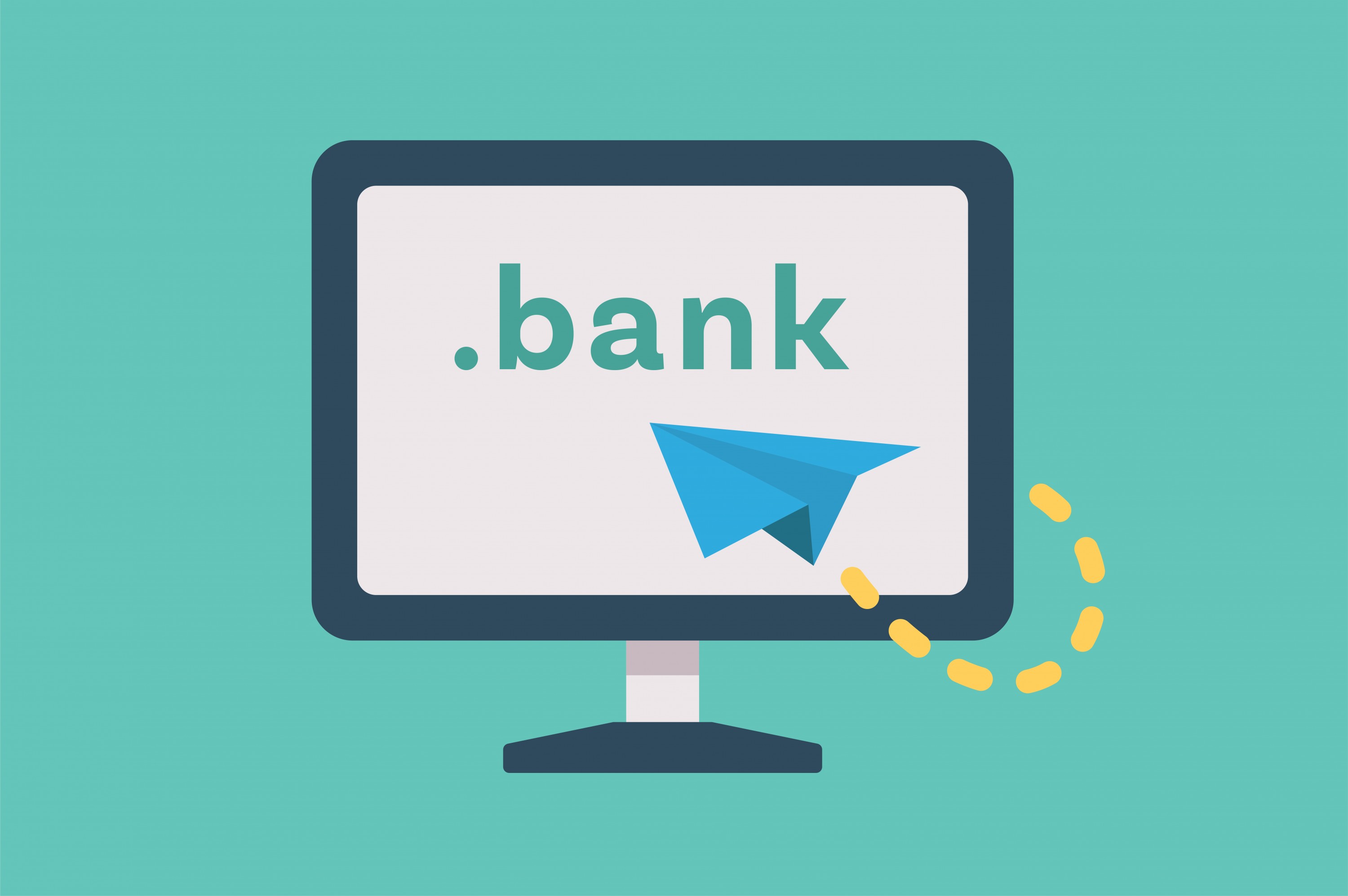Something to Celebrate
Brownboots launches a fresh new website for Farmers National Bank in Ohio.

4/21/22
Roughly six years after its debut, the .bank top-level domain (TLD) fails to dominate.
We’ve been following this underdog story since the beginning — from the initial “land grab” that saw financials snatching up .bank domains as a defensive measure to the gradual rise in the ranks of .bank URLs.
Along the way, we’ve analyzed the pros and cons of a .bank domain and answered your questions, helped our clients implement their new .bank domains, and even converted a few bank websites back to .com.
Here’s our take on the battlefield today.
As noted above, there is a considerable cost increase for registering a .bank domain — upwards of $1,000 per year. Beyond that, changing your bank website’s domain will have an impact on all marketing communications, including email and all printed pieces (business cards, statements, letterhead, signage and so forth).
From a marketing and business standpoint, the ROI on a .bank domain is minimal at best and nonexistent at worst.
Unless the new web address is part of a bigger-picture branding overhaul — and the choices for a .bank URL are better than the .com options available — there isn’t a compelling reason to adopt a .bank domain.
You should inform existing customers of your new URL leading up to the conversion. Additionally, it would be wise to redirect the old domain to the new .bank domain, especially when it comes to popular and most-likely-to-be-bookmarked pages.
Also, be aware that most customers continue to think of .com as the default for web addresses, so you might inconvenience — or outright miss out on — potential customers who try that URL first.
The marginal impact of the .bank TLD over the past six years suggests that this fad will continue to fade. Fortunately, there is no real harm in choosing .bank in the present or foreseeable future — as long as clients are kept in the loop. Unfortunately, there isn’t much of a benefit either.
While the war may not be over, the enduring supremacy of .com seems all but certain.
Do you have more questions about the .bank domain? We’re standing by!!
Brownboots launches a fresh new website for Farmers National Bank in Ohio.
A new website for The Dolores State Bank showcases their updated branding and their community.
Capitol Bank of Wisconsin and Security National Bank of Nebraska are both new additions to the ever-growing BrownBoots roster of clients.